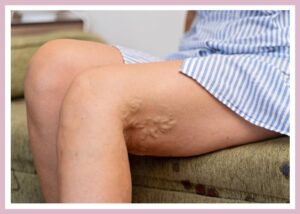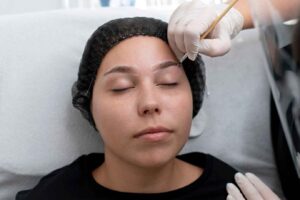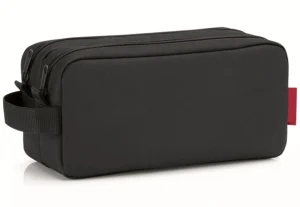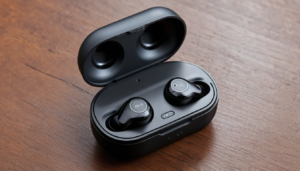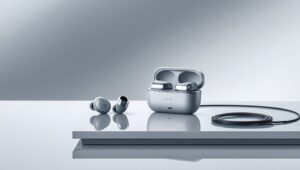Morpheus8 Vs Ultherapy: What You Need To Know Before Choosing

Compare Morpheus8 vs Ultherapy for non-invasive skin tightening treatments. Understand their technologies, target areas, and effectiveness to make an informed decision about which treatment may be right for you.
Morpheus8 and Ultherapy, both promise to give you smoother, firmer skin without the need for surgery. However, they use different technologies and methods to get their results.
This article will discuss what these treatments entail, how they differ, and what you should consider before choosing.
Understanding Morpheus8
Technology And Process
Morpheus8 is a fractional skin treatment that uses micro-needling combined with radiofrequency (RF) energy. This combination allows for deep penetration into the skin, targeting the deeper layers of the dermis.
The microneedles create tiny punctures in the skin, stimulating the body’s natural healing process, while the RF energy heats the tissue, promoting collagen production and tightening the skin.
Areas Treated
Morpheus8 is versatile and can be used on almost any body part where skin tightening is desired. Common areas include the face, neck, abdomen, and thighs. It’s particularly effective for treating wrinkles, acne scars, and sagging skin.
Downtime And Results
One benefit of Morpheus8 is its minimal downtime. Patients can usually return to their daily routine within a day or two. Results can be seen after a few weeks, with continued improvement over several months as collagen production increases.

Understanding Ultherapy
Technology And Process
Ultherapy, on the other hand, uses ultrasound technology to lift and tighten the skin. The treatment targets the deeper layers of the skin, similar to those addressed in surgical facelifts, by delivering focused ultrasound energy.
This energy triggers a natural response under the skin, jumpstarting the regenerative process to produce new collagen.
Areas Treated
Ultherapy is for lifting and tightening the skin on the neck, chin, and brow. It’s also FDA-cleared to improve lines and wrinkles on the décolletage (the upper chest area).
Downtime And Results
Ultherapy is known for having no downtime. Patients can resume their regular activities instantly after the process.
Results appear gradually over two to three months as new collagen works to lift and tighten the skin, with some patients reporting continued improvement for up to six months.
Differences Between Morpheus8 And Ultherapy
Mechanism Of Action
The most notable difference between Morpheus8 and Ultherapy is the technology they use. Morpheus8 combines microneedling with radiofrequency energy, whereas Ultherapy relies solely on ultrasound energy.
This fundamental difference in technology means that they achieve skin rejuvenation through different mechanisms, which can influence which treatment is more suitable for a particular concern.
Depth Of Treatment
Morpheus8 can target both superficial and deeper layers of the skin due to its microneedling component. This makes it effective for treating various skin issues, from surface-level texture problems to deeper tissue tightening.
Ultherapy primarily focuses on the deeper foundational layers, offering a lifting effect without much impact on the skin’s surface.
Treatment Areas
While both treatments can be used on the face and neck, Morpheus8 is often chosen for its versatility in treating larger body areas such as the abdomen and thighs. Ultherapy is more targeted and is predominantly used for lifting and tightening the face, neck, and chest.
Comfort And Sensation
The sensations experienced during these treatments can differ significantly. Morpheus8 might cause discomfort due to the microneedles and RF energy, but it is managed with a topical anesthetic.
Ultherapy, however, can be more uncomfortable since it involves deeper tissue penetration, and patients might feel short bursts of heat during the procedure. Pain management options, such as oral medication or local anesthetic, are often discussed beforehand.
Results And Longevity
Both treatments offer gradual results, but the timeline and longevity can vary. Morpheus8 typically shows visible improvements within a few weeks, with continued enhancement over several months.
Ultherapy results build up more slowly, often taking two to three months to become noticeable, with further improvements for up to six months. Both treatments’ effects can last up to a year, but maintenance sessions might be necessary to sustain the results.
Considerations Before Choosing
Skin Type And Concerns
Your skin type and specific concerns are crucial in determining the right treatment. Morpheus8 might be more suitable if you have a combination of surface-level and deeper skin issues.
For those seeking a lifting effect with minimal surface disruption, Ultherapy could be the better choice.
Cost
Cost is always a crucial factor. Generally, Ultherapy tends to be more expensive due to its advanced ultrasound technology and the precision required. Morpheus8 near me cost can vary based on the treatment area and the number of sessions needed.
Consultation With A Specialist
The best way to decide between Morpheus8 and Ultherapy is to consult a qualified dermatologist or cosmetic surgeon. They can assess your skin and recommend the most appropriate treatment based on your needs and goals.
Conclusion
Both Morpheus8 and Ultherapy offer effective non-invasive solutions for skin tightening and rejuvenation. Understanding their differences in technology, treatment areas, and results can help you make an informed decision.
By considering your skin concerns, budget, and comfort and consulting with a professional, you can choose the treatment that best aligns with your aesthetic goals.
Transform your skin with Allenby Cosmetic Dermatology today! Schedule your consultation now to discover personalized treatments that enhance your natural beauty and confidence.
